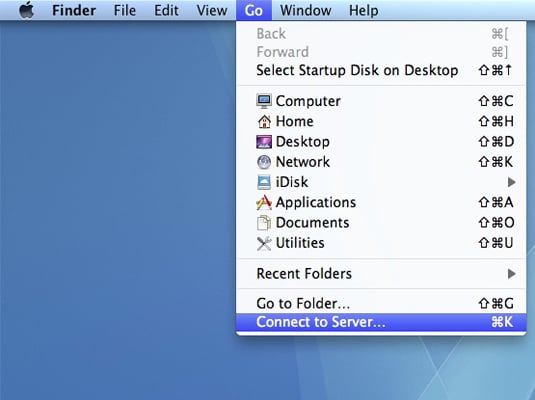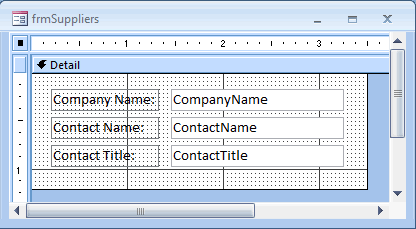

Notice that Access has automatically filled in the EmployeeID field with the main form's EmployeeID.

The record indicator jumps to the blank row at the end of the subform datasheet and the blinking insertion point (|) appears in the EmployeeID field.


 0 kommentar(er)
0 kommentar(er)
